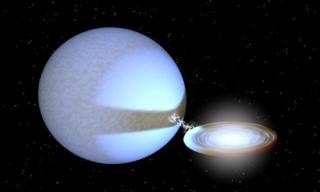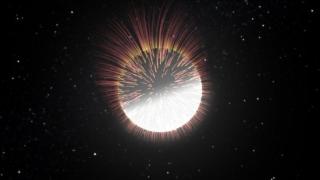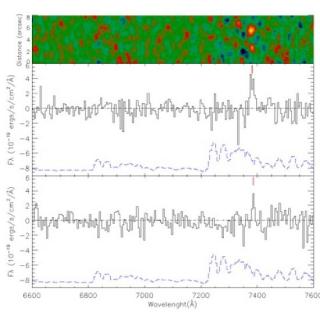
We are undertaking a search for high-redshift low-luminosity Lyman Alpha sources in the SHARDS (Survey for High-z Absorption Red and Dead Sources) survey. Among the pre-selected Lyman Alpha sources two candidates were spotted, located 3.19 arcsec apart, and tentatively at the same redshift. Here, we report on the spectroscopic confirmation with Gran Telescopio Canarias of the Lyman Alpha emission from this pair of galaxies at a confirmed spectroscopic redshifts of z=5.07. Furthermore, one of the sources is interacting/merging with another close companion that looks distorted. Based on the
Advertised on
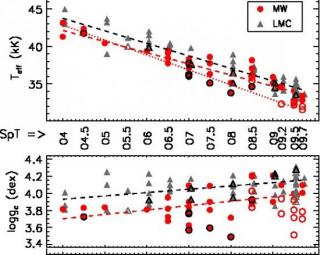
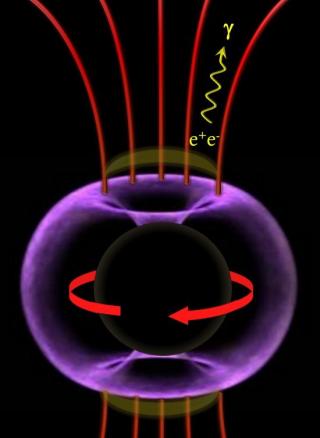
![Figure caption: Data of LMC extreme stars are shown as solid, grey circles in the Spitzer color-magnitude diagram ([3.6]-[8.0] vs. [8.0]). The position of the models during the AGB evolution are also shown (where different colors correspond to different s Figure caption: Data of LMC extreme stars are shown as solid, grey circles in the Spitzer color-magnitude diagram ([3.6]-[8.0] vs. [8.0]). The position of the models during the AGB evolution are also shown (where different colors correspond to different s](/sites/default/files/styles/crop_square_2_2_to_320px/public/images/news/resultados131_142.jpg?itok=1coYJ9I3)
